Raman explained: What is Raman spectroscopy?
Our guide to Raman microscopy and imaging. Learn what it is, how it works, and how we can use it for chemical analysis.
Welcome to the exciting world of Raman spectroscopy: one of science's easiest to use, most powerful, and most versatile analytical techniques.
Scientists use Raman spectroscopy to analyse the make-up of materials. In Raman spectroscopy, we focus a single colour of light onto a sample. Next, we measure the way that light interacts with the material to gain information about it. This gives us an understanding of its chemistry and structure.
Choose a topic to learn the basics of Raman spectroscopy:
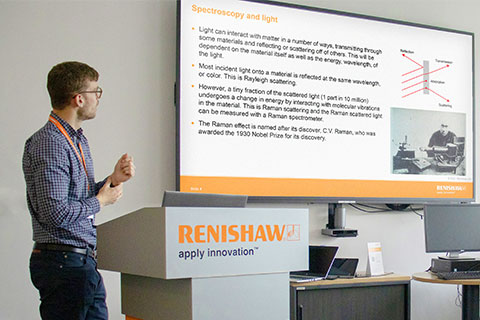
What is Raman scattering?
What is Raman scattering and how does it occur? Find out more about the theory behind Professor C.V. Raman's discovery. Learn how a Jablonski diagram can represent the change in energy during Rayleigh and Raman scattering.
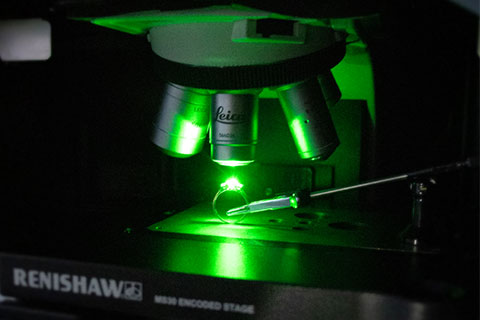
What can Raman spectroscopy tell you?
Learn how Raman spectroscopy can reveal the chemistry and structure of materials. We describe the features of a Raman spectrum and explain the variations in Raman band parameters. We also provide examples of how Raman spectra can tell apart different chemicals and polymorphs.
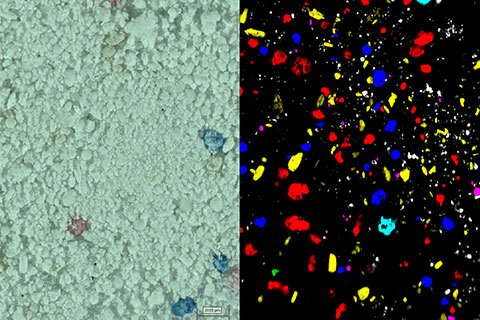
What can Raman images show?
We can analyse Raman images to study the distribution of chemical and structural species across a sample. We explain how to collect Raman images. We also discuss various data analysis methods, and when to use them for Raman imaging.
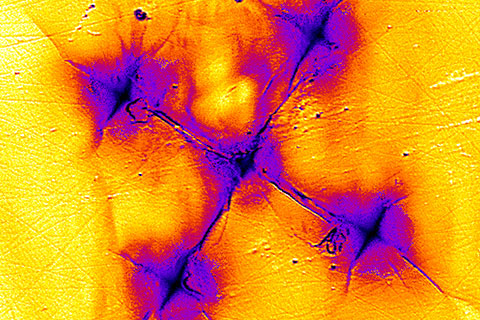
What is photoluminescence?
Photoluminescence (PL) can be a useful analytical method. We explain how PL relates to fluorescence and phosphorescence. Learn how you can tell apart PL features from Raman bands. We also offer practical tips on how to avoid unwanted fluorescence background in Raman spectra.
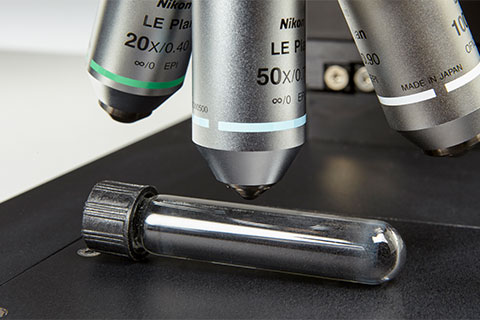
What are the advantages of Raman spectroscopy?
Understand why Raman spectroscopy is ideal for a wide range of samples. Explore the key components of an inVia™ confocal Raman microscope. You can readily combine an inVia microscope with other analytical methods. We discuss how Raman microscopy complements FTIR spectroscopy and X-ray diffraction (XRD).
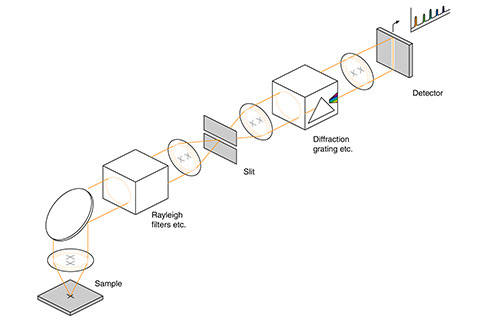
What are the challenges and solutions?
Overcome the challenges inherent in the Raman technique with Renishaw's Raman spectrometers. Learn about diffraction-limited spatial resolution for microscope-based chemical analysis. Explore how sensitivity and spatial resolution can be improved by using resonant Raman techniques (i.e. SERS and TERS).
eBook download: Raman spectroscopy explained
- What is the Raman effect?
- What is Raman spectroscopy?
- What can Raman imaging show you?
- Advantages of Raman spectroscopy
- Parts of a Raman spectrometer
- Photoluminescence explained